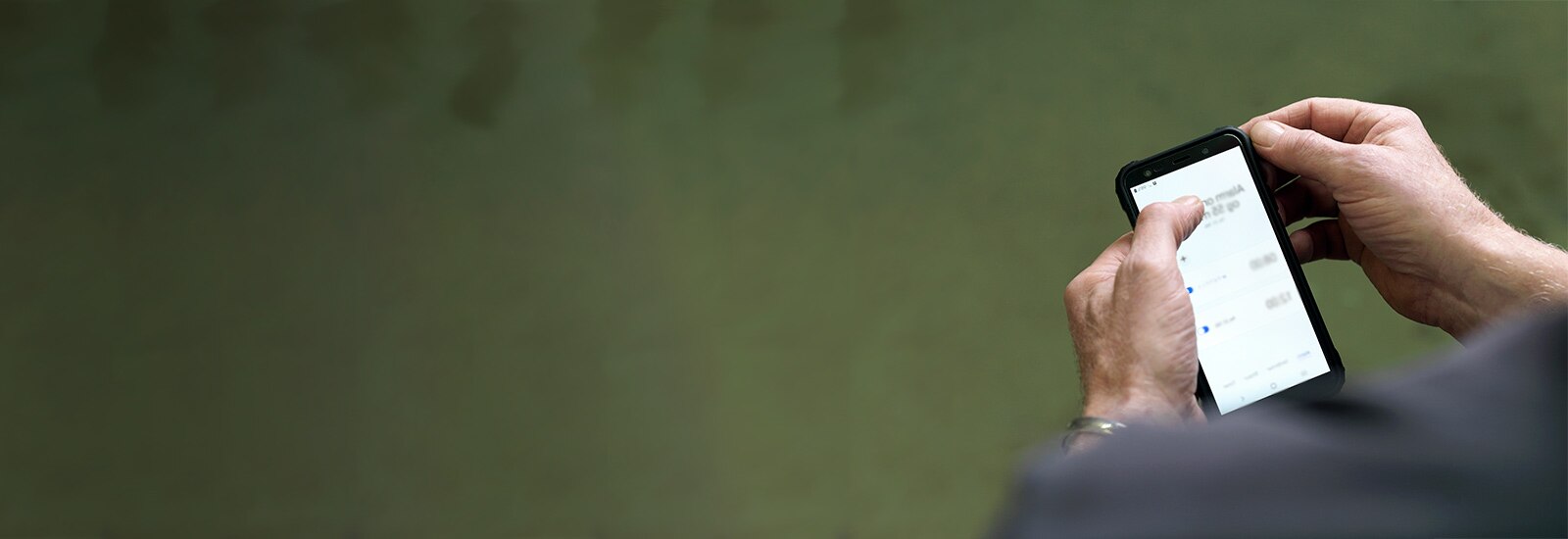As a catheter user, focusing on your bladder health can really make a difference for your well-being. When your bladder is healthy, there is less risk of urinary tract infections, discomfort and pain.
To help you on your way to better bladder health, we are giving you our top 10 tips for maintaining a healthy bladder, so you can improve your overall health and happiness.
In general, it is about good hygiene, drinking enough fluids and emptying your bladder regularly. The key is not to have too much urine in your bladder to avoid overstretching your bladder or bacteria growth.
The advice is based on extensive professional knowledge of the bladder and urinary tract, combined with years of practical experience with personal counseling of Coloplast® Care Advisors in order to enhance bladder health. The advice here is relevant to anyone who empties their bladder using intermittent catheters.
However, all situations are individual, and if you need personalized lifestyle and product advice regarding your situation, please feel free to contact us at 1-866-226-6362:
- Monday – Friday: 7am – 7pm (CST)
- Saturday: 9am – 1pm (CST)
Our telephone support is supplemental and does not replace the advice you receive at the hospital and at your own doctor’s office.
If you experience acute discomfort, we recommend that you contact your own doctor or urology department at the hospital you are affiliated with.
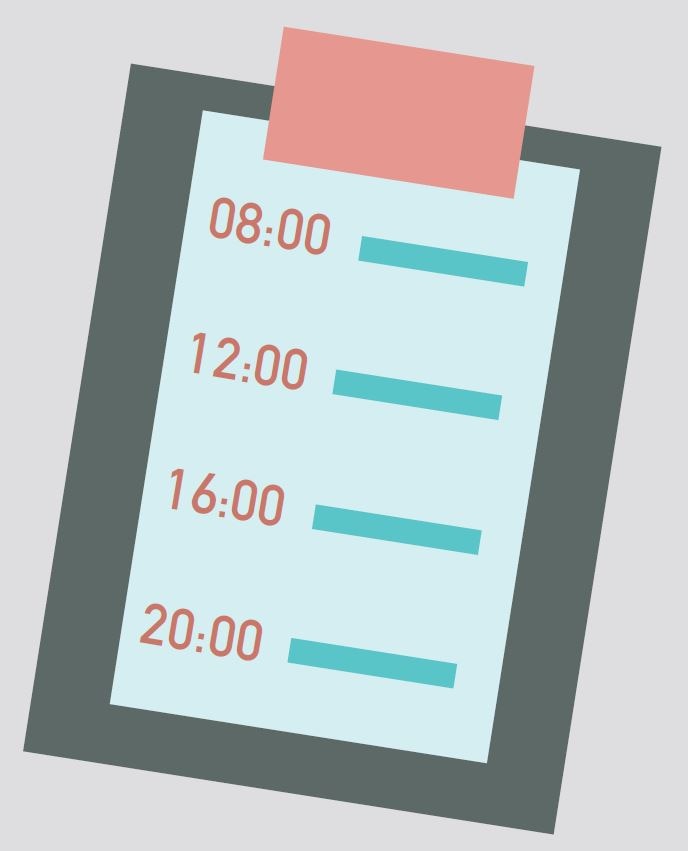
Habits throughout your day
1. Have a plan in place
The most important thing to achieve a healthy bladder is a good plan – and the motivation to stick to it. Your plan should help you to drink 1.5 – 2 liters of fluids every day and empty the bladder every 4-6 hours during the day.
Why? Ensure that your bladder is emptied and does not serve as a breeding ground for bacteria that can lead to urinary tract infections. To get into a routine, some users put up a schedule on the fridge or set daily alarms on their mobile phones to remind them of their daily urination schedules. Find a plan and system that works for you and your daily routines and if you need help, please call us Monday through Friday 7am-7pm and Saturday 9am-1pm (CST) at 1-866-266-6362.
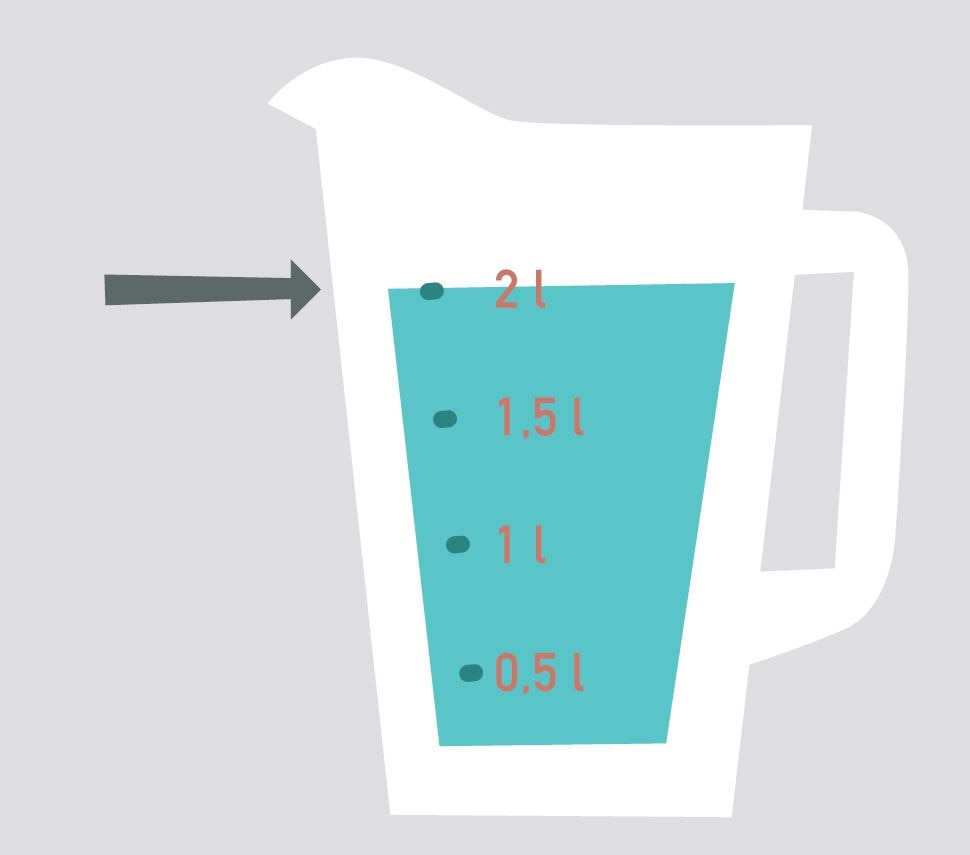
2. Drink 1½-2 litres every day
We recommend that you drink 1½-2 litres of fluids per day. Water is always the best choice of fluid for the bladder, as coffee, tea, alcohol, fizzy drinks and other beverages with sugar or sweetner can irritate the bladder, so consume limited amounts of these.
Why? When you drink 1½-2 litres of fluids, a healthy bladder is maintained, as your urine becomes diluted and any bacteria are flushed out of your bladder.
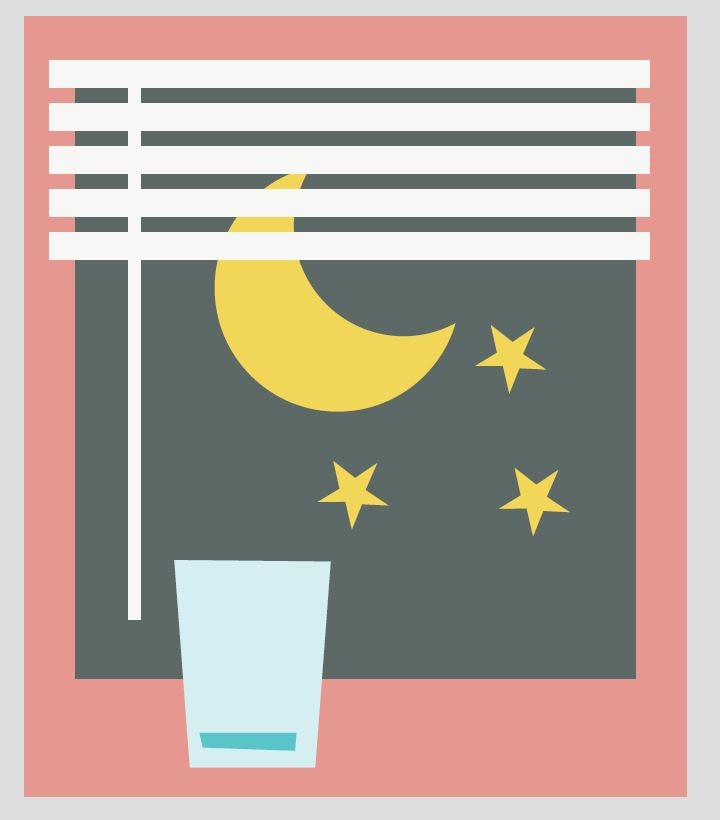
3. Limit your fluid intake close to bedtime
Are you sleeping like a baby or are you waking up at night to empty your bladder? If the latter is the case, limiting your fluid intake close to your bedtime is a good first step in reducing nocturia.
Why? Consuming fluids in the evening increases the likelihood of you waking up at night and having to empty your bladder. Also, if you drank a lot during the evening and cannot feel when you need to urinate, you should empty your bladder during the night so that there is not too much urine in your bladder for too long.
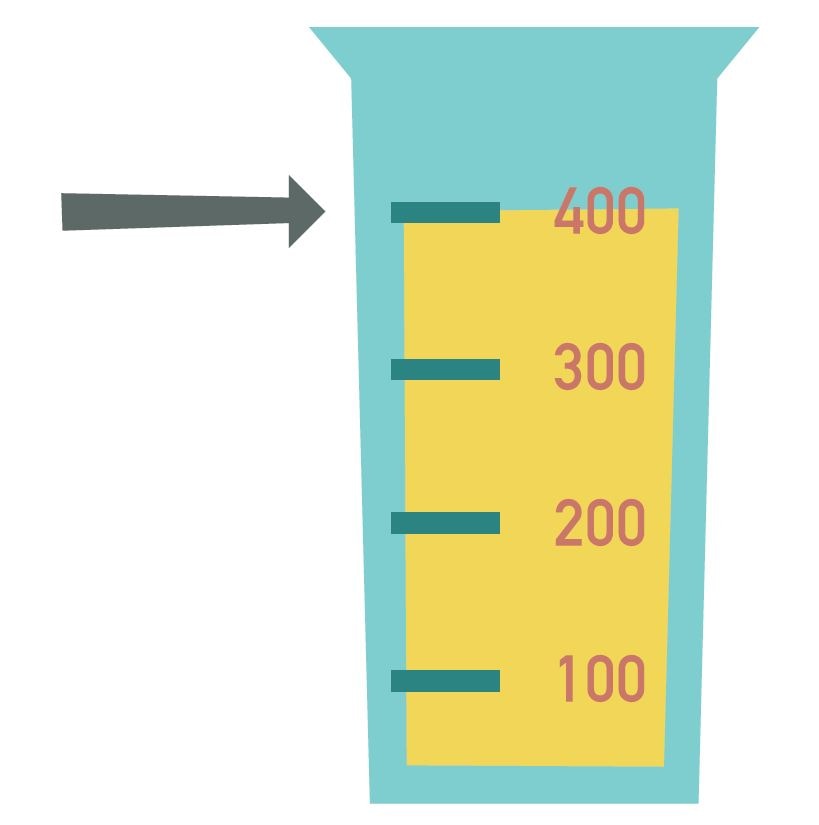
Tips for your catherisation routine
4. Max 400-500mL per urination
As a rule of thumb, there should not be more than 400-500mL of urine per urination. Make sure your bladder is not overfull. If you are in any doubt about how many millilitres of urine you pass per catheterisation, it may be a good idea to measure the amount in a measuring cup and note it down in a your bladder diary once in a while.
Why? If you often suppress the need to urinate and your bladder contains big amounts of urine, the bladder becomes enlarged (also known as an under-active bladder) and looses its elasticity. When a bladder becomes overstretched, it will lose ability to contract and let out the urine efficiently. The muscles that contract when urine leaves the bladder become overstretched and flaccid when the bladder is overstretched too much and too often, which results in the bladder losing the ability to contract, thus losing the ability to ensure that the urine flows out.
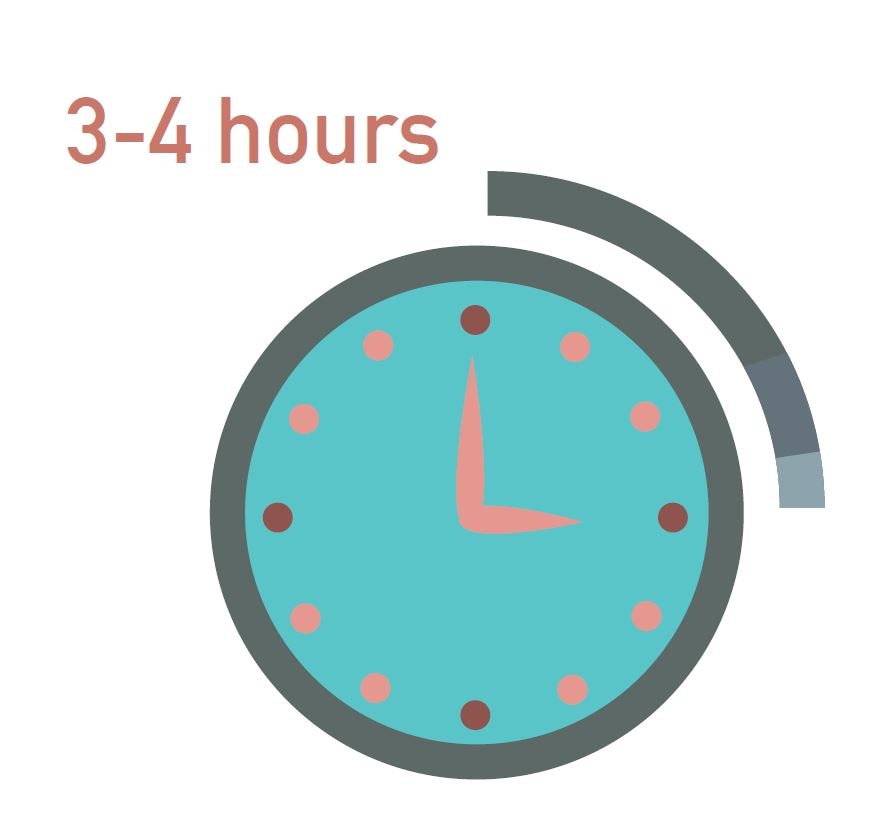
5. Empty your bladder every 3-4 hours
Getting into a good routine, where you always empty your bladder every 3-4 hours throughout the day, is essential to a healthy bladder. Try not to skip any planned catheterisations to maintain your routine.
Why? It is important to empty your bladder regularly so that urine does not remain in the bladder for too long. Old urine in the bladder serve as a breeding ground for bacteria that can lead to urinary tract infections
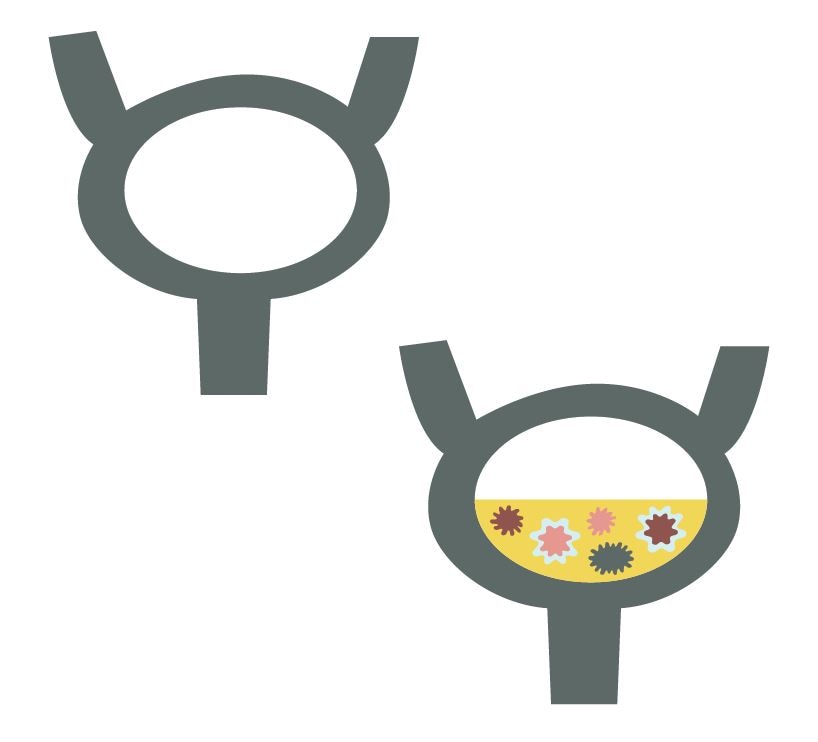
6. Empty your bladder completely
Knowing whether you’ve let out every drop of urine is impossible, but it’s important to empty the bladder as much as possible. We therefore recommend removing the catheter slowly and carefully once your bladder is emptied, so you remove the urine that may be left over at the bottom of the bladder.
Why? When the bladder is completely emptied regularly, the urine does not stay in the bladder for such a long time. Every time you catheterise, you remove the urine from your bladder and thus (bacteria) waste from your body,
which helps you avoid urinary tract infections.
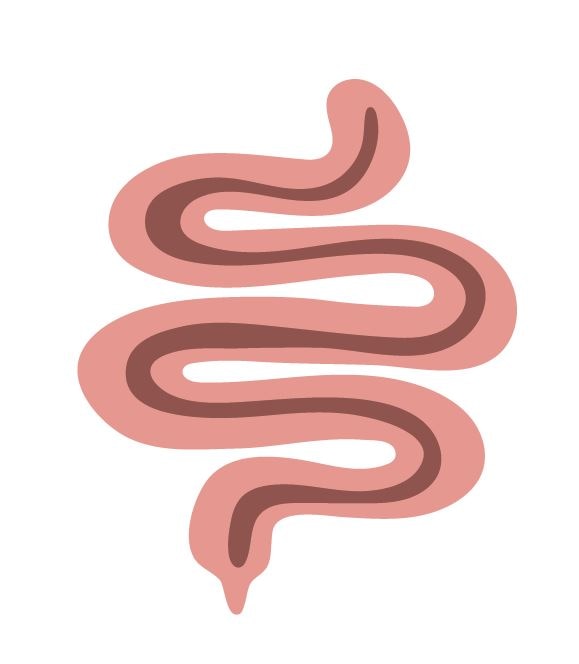
7. Take care of your gut
We’ve all heard the phrase: you are what you eat. But good gut health is also important to maintain a healthy bladder. We therefore recommend following the [insert local authority] advice on at least [insert amount] of physical activity per day, combined with a high-fibre and low-fat diet according to [insert local authority] dietary recommendations. If you tend to have a hard stomach, you can also check with your doctor to see if you need any medication that will help.
Why? If you are constipated, or have a hard stomach, it can affect your ability to empty your bladder completely, as your overfilled bowel may put strain on your bladder. Therefore, it is extra important to focus on having a good bowel function.
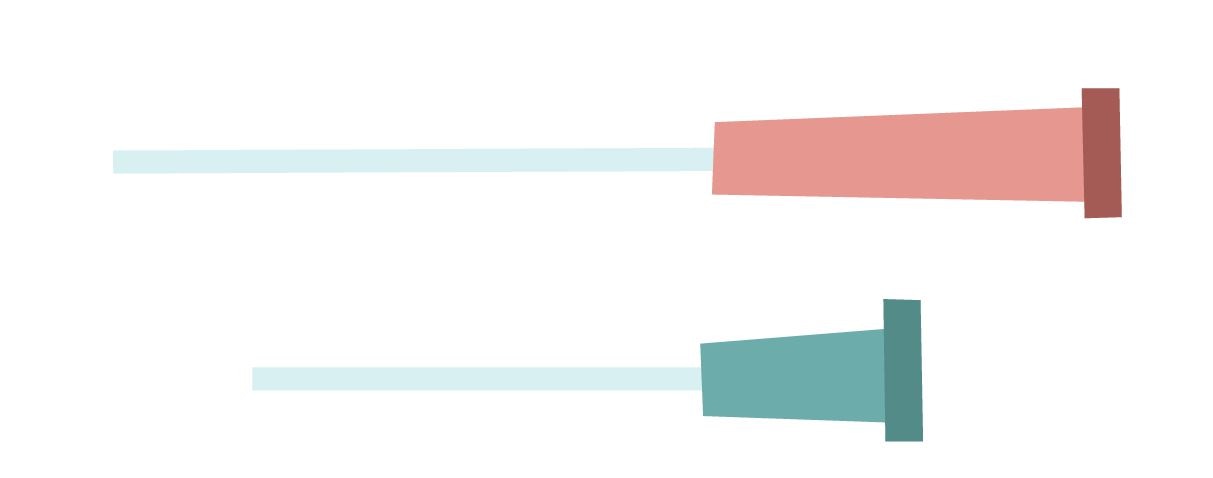
8. Find the right catheter
Finding the right catheter can make all the difference in the world. When you’re comfortable with your catheters, the likelihood of you building a good routine and thriving in your new situation is higher.
Why? When something feels uncomfortable, we tend to ignore it. The same goes for catherisation and it’s therefore essential that you find a catheter or a catheter type that suits your personal preference and lifestyle. But don’t stress – sometimes it takes a little trial and error before you figure out what works best for you.
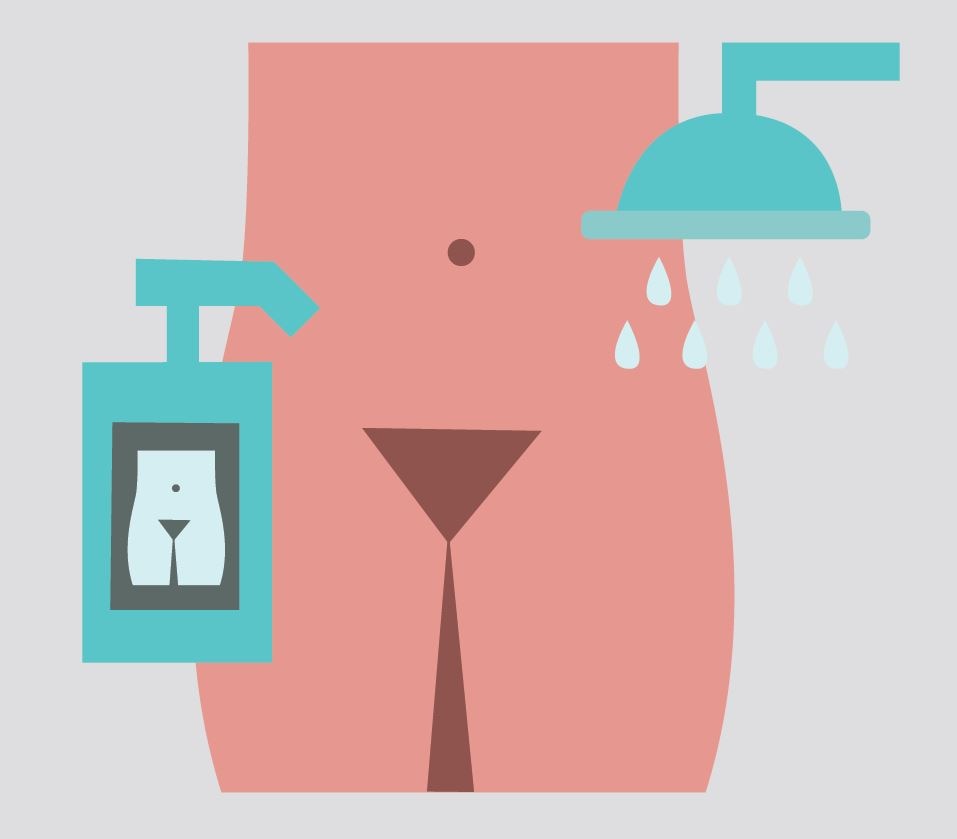
Focus on your hygiene
9. Maintain good intimate hygiene
Maintaining good intimate hygiene should be a priority in everyone’s regimen. We recommend one daily wash with water in the area around the urethra. If you leak between urinating, we recommend washing before each catheterisation. As a general rule, washing only with water is sufficient and, if you use soap, it should be intimate soap with a low pH value.
When washing and visiting the toilet, it is important to dry/wash front to back in one wipe, to prevent bacteria from being introduced into the urethra.
Why? Not all bacteria are bad! You can have both good and bad bacteria around the urethra. To keep proper hygiene, it’s important to only use intimate soap and water. By doing so, you can protect the good bacteria and remove unhealthy ones. If you use normal soap or alcohol, you may risk destroying the good bacteria.
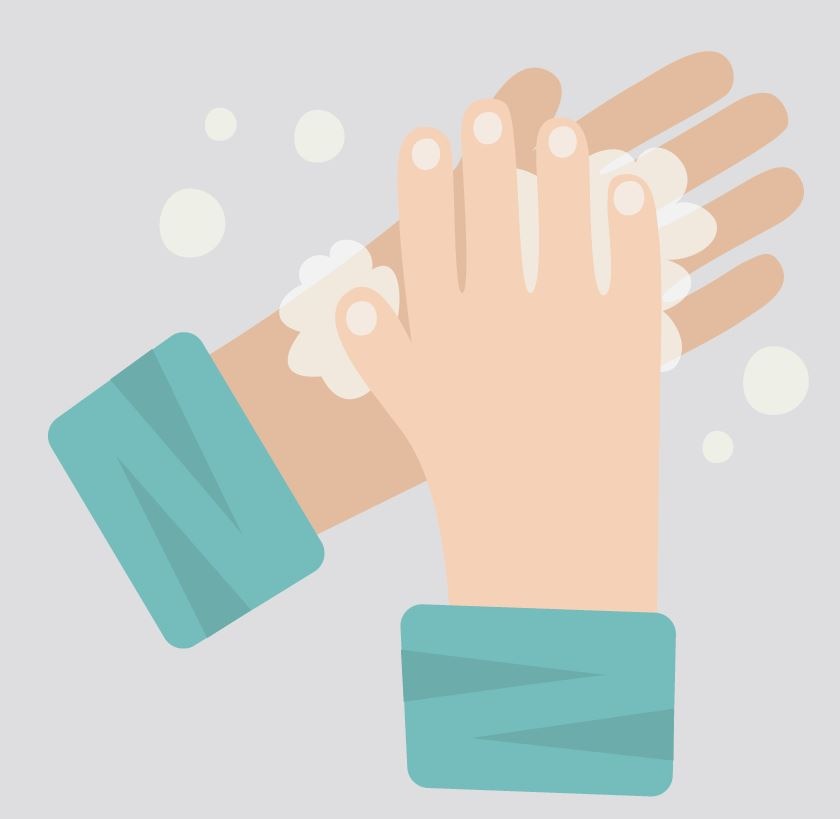
10. Ensure good hand hygiene
Proper handwashing is one of the best ways to protect yourself against unwanted bacteria. Make sure you always clean your hands thoroughly by either washing your hands with soap or using hand sanitiser before and after each catheterisation. Even if you have washed your hands thoroughly, make sure to not touch the part of the catheter you insert into the urethra.
Why? If you don’t wash your hands, you risk transferring bacteria from your skin into your urethra, which can cause infections. If you cannot insert a catheter without touching the sterile part, you should consider a catheter that is easier to guide, for example, one that has a protective film or as a last solution use sterile disposable gloves.
